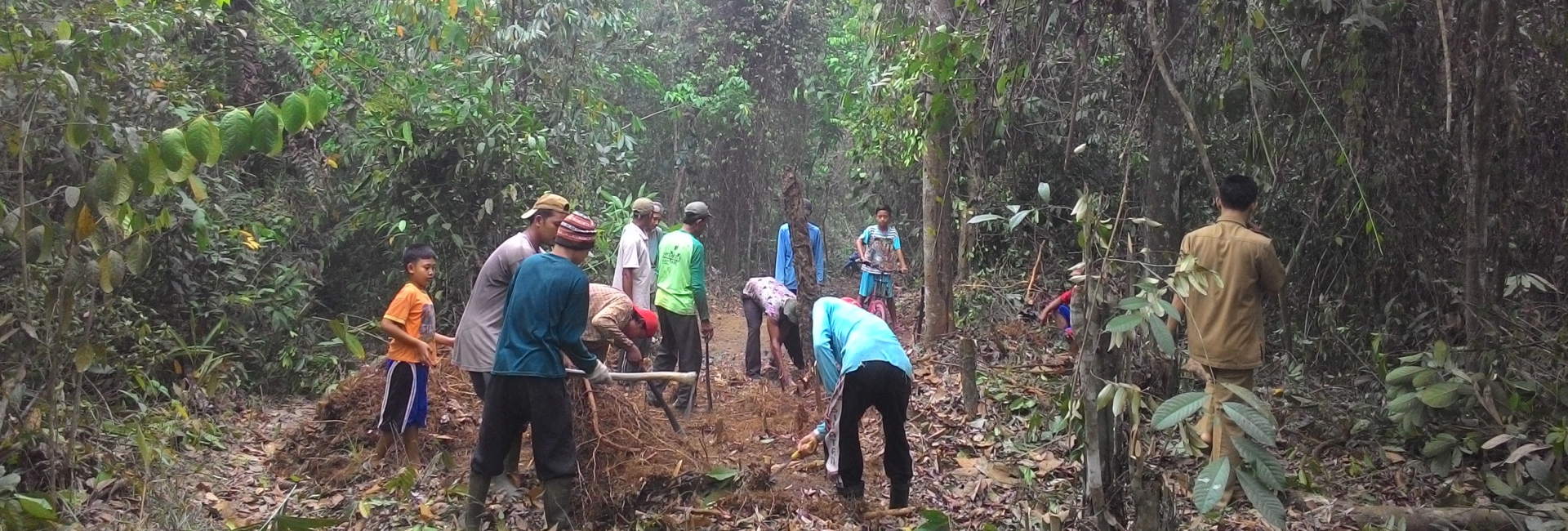A number of studies have discussed the importance of facilitation for improving the outcomes of Social Forestry programs. However, more detailed studies about the SF stakeholders should be prioritized, particularly those related to the types of facilitation among those that work with community forest user groups. This paper aims to fill this gap by analyzing community perspectives on who should be prioritized to receive facilitation and what type of facilitation is needed. We conduct the study in Lampung Province in 2017, focusing on Community Forestry (Hutan Kemasyarakatan/HKm), one of the first social forestry schemes implemented by the Indonesian Government. Based on an analysis of Analytic Hierarchy Process, this paper found that HKm participants have identified three top priorities for facilitation: individual members, community forestry groups, and other villagers (non-members of community forestry groups). Nevertheless, communities still see the importance of facilitation for external facilitators and government staff. The Analytic Hierarchy Process also shows that the most preferable type of facilitation for communities is based on entrepreneurship. These are particularly important for SF groups that have been established for more than ten years. This finding contrasts with previous studies arguing that the most needed facilitation in SF is strengthening community institutions.



